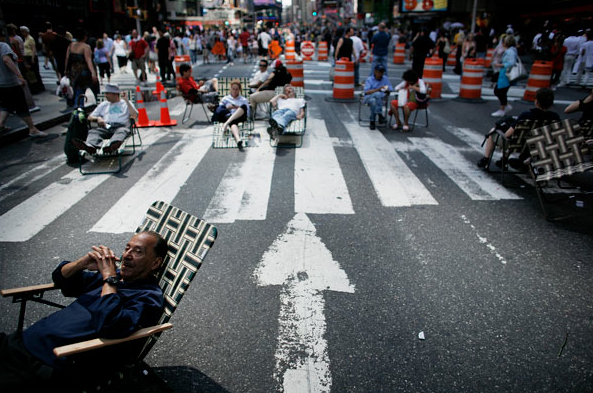“Liberal democracy” is a political paradox animated by the competing and often contradictory demands and interests of individual and collective living. The liberal-democratic conundrum manifests itself in numerous civic contexts, but none more clearly than in those situations in late modern society that underscore the tension between the public and private spheres of life. One solution to such quandries might be to balkanize our public and private selves—to perform one sense of self in public and another and different sense of self in the privacy of our homes—but of course the two are not so easily separated; indeed, insofar as “public” and “private” are dialectical terms, defined contra one another, one might imagine the relationship between our public and the private selves as opposite sides of the same coin: distinct from one another but nevertheless literally and inextricably connected. The problem for maintaining a productive liberal democratic life then is in learning how to enact a sense of our private self in full view of a public of strangers while accommodating the demands of civic decorum.
There is perhaps no more mythic public setting in U.S. civic life than Times Square. A carnival of commerce, signage, flashing lights, and more, it is often characterized as the “crossroads of the world.” It is also the site of one of the most famous and often reproduced photographs of American life, Alfred Eisenstadt’s “Time Square Kiss,” an image that embodies the key tensions between the public and private selves of the two kissers—sailor and nurse, anonymous man and woman—who spontaneously and yet decorously perform one of the key obsessions of private life in full view of an attentive public of strangers. That it is a somewhat restrained kiss, and that it achieves the full support of all who observe it seems very much to the point as eros is present, but contained. We have written extensively about this photograph both here and elsewhere and I will not repeat what we have had to say about it any more than I already have. That said, the Eisenstadt photograph came to mind recently as it was announced that Times Square had been converted into a pedestrian mall that provoked, in the words of the NYT, the sense of “being in a big public room.”
The photograph above was taken on May 25th, the day after the area was closed to traffic and it shows a wide range of individuals in various social configurations lounging in the middle of Broadway as if a day at the beach. Apparently oblivious to the activity that surrounds them, each individual or group seems caught in and contained by his, her, or their own private universe. The physical markers of public life are there, to be sure, including a curb, street vectors, pylons placed to identify boundaries, and stop lights in the distance, but none of this seems to have much social significance as a couple eats their lunch, a group of three engage in what appears to be nonchalant conversation, a man and woman (husband and wife?) sleep and read as if in lounge chairs in their own living room, and an isolated, lone man seems lost in self-contemplation; others simply walk about. The point, of course, is that there is no sense of a public here. Less a “big public room,” the photograph portrays a thoroughly fragmented social order, a setting in which the conventions of private living have completely colonized the most public space in America and where individuals have seemingly forgotten how to perform their private selves in public in a way that acknowledges others and accommodates to the demands and decorum of civic life.
It is really hard to know what to make of this scene. On the one hand it is no doubt churlish to complain about a world in which individuals are given the freedom and safety to relax in a public thoroughfare, unhindered by the needs and demands of others. And yet, on the other hand, one can only wonder what the effects will be of a social order that so completely reduces the norms and conventions of public life to the unrestrained habits of private living.
Photo Credit: Damon Winter/New York Times

[…] Skepticism takes many forms, though, and John Louis Lucaites, one-half of the team responsible for the analytical photojournalism blog No Caption Needed (and the 2007 book of the same name), uses the institution of these pedestrian plazas—and the evidence provided in the photograph reproduced here—as a sort of Marcusian manifestation of the dilemma of liberal democracy: […]